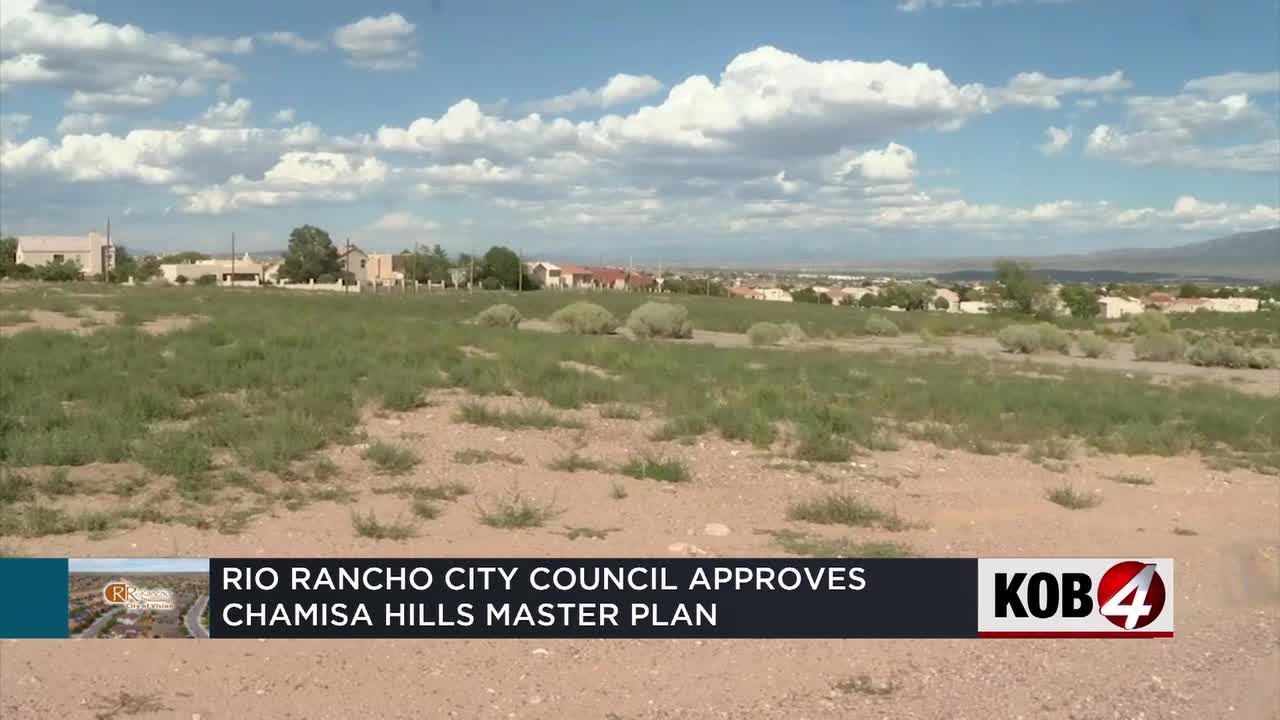Rio Rancho Governing Body Denies Home Plan, Approves Area Plan Amendments
At its November 13 meeting the Rio Rancho Governing Body rejected a proposed single home development while approving targeted amendments to a local specific area plan, decisions that reshape near term building and infrastructure priorities. The actions reflect council concern about neighborhood access, public improvements and land use compatibility, and they set clearer standards for future development that matter to homeowners and developers across Sandoval County.

The Rio Rancho Governing Body met on November 13 and moved to deny a proposed single home development while simultaneously adopting revisions to a local specific area plan designed to guide future growth. Councilors debated neighborhood impacts, infrastructure capacity and consistency with the city comprehensive plan before voting to reject the individual home plan and to approve the targeted plan amendments.
Council discussion centered on three key reasons for denying the single home proposal, officials said in presentations to the governing body. Concerns included limited access to the parcel, unmet requirements for public improvements and questions about compatibility with nearby land uses. Planning staff presented analyses of infrastructure capacity and land use consistency, and those technical findings informed the council decision to deny the individual development proposal.
At the same meeting the governing body approved amendments to the specific area plan that refine standards for public infrastructure and open space and provide more explicit guidance for future projects in the area. The revisions are intended to clarify when developers must provide road or utility improvements, and how open space and compatibility with adjoining properties should be evaluated during permitting. City planners said the amendments will shape project review going forward and aim to reduce uncertainty for both residents and builders.

For Sandoval County residents the decisions carry immediate and practical effects. Homeowners near the contested parcel avoided an unvetted change to neighborhood access and character, while developers must now align proposals with clearer infrastructure and open space standards. The amendments also signal the governing body is prioritizing coordinated investment in roads and utilities as new growth is considered.
These actions reflect a common municipal challenge of balancing development demand with public capacity and neighborhood compatibility. With the specific area plan now revised, future applications in the area will be assessed under the new criteria, and both neighbors and applicants will watch how the administration implements the standards in upcoming permit reviews.


